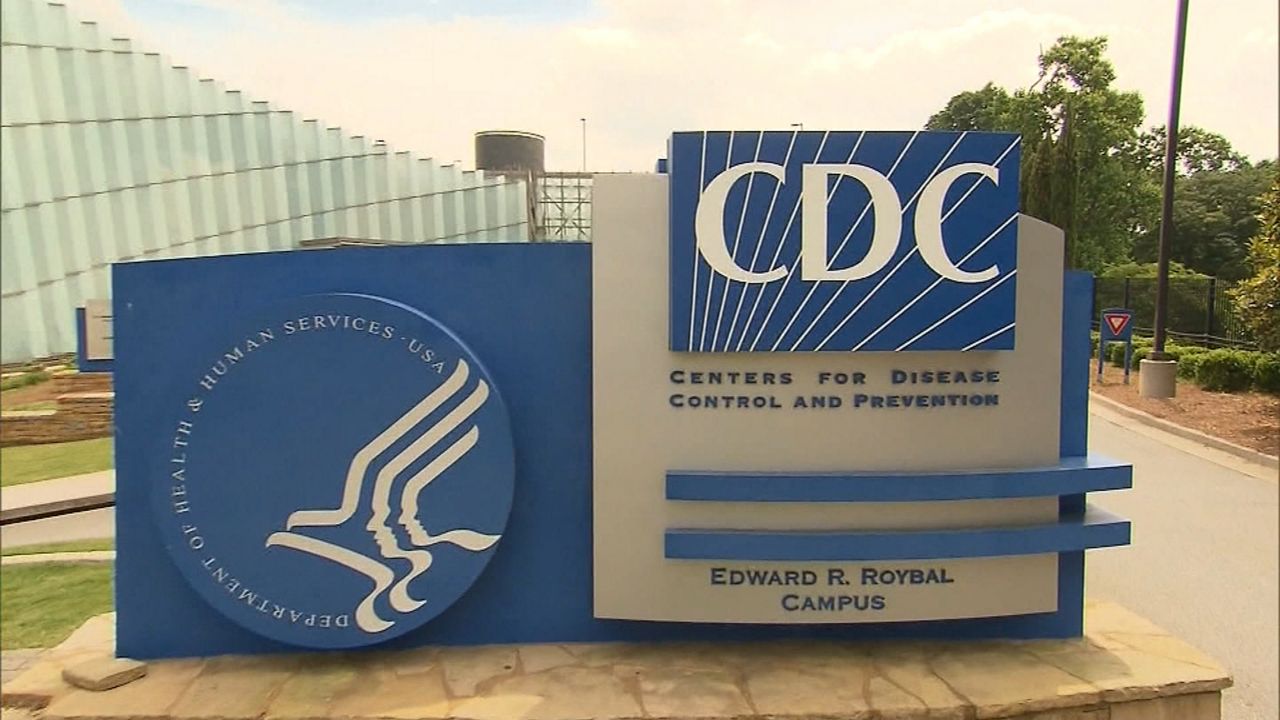The controversial change last month to guidance from the Centers for Disease Control and Prevention regarding coronavirus testing was not written or approved by CDC scientists at all, according to a report.
The New York Times reported Thursday that scientists at the agency objected to the changes, which came from the Department of Health and Human Services, circumventing the agency’s strict scientific review process. The reported cited several people familiar with the matter and internal documents obtained by the newspaper.
Last month, the CDC changed its website to say that people who had close contact with someone who had COVID-19 but who were showing no symptoms themselves “do not necessarily need a test.” The CDC had previously recommended testing “for all close contacts of persons with SARS-CoV-2 infection,” the virus that causes COVID-19.
“That was a doc that came from the top down, from the H.H.S. and the (White House Coronavirus) task force,” one federal official told the Times of the revised guidelines. “That policy does not reflect what many people at the CDC feel should be the policy.”
The change was immediately met with criticism from public health experts who believe extensive testing is necessary to track and control the transmission of the virus, and because the disease is often spread by asymptomatic people.
It also came at a time when President Donald Trump was repeatedly blaming testing for driving up the number of coronavirus cases in the United States and making the country look bad. The president said during a June rally in Tulsa, Oklahoma, that he had suggested to officials that they slow down testing.
“HHS and the White House writing scientifically inaccurate statements such as ‘don’t test all contacts’ on CDC’s website is like someone vandalizing a national monument with graffiti,” Dr. Thomas Frieden, who led the agency under former President Barack Obama, told the Times.
On Friday, the CDC reversed the change. Its website now clearly says, "You need a test."
Regarding last month's revision, Adm. Brett Giroir, the Trump administration’s testing coordinator and an assistant secretary at HHS, told the Times on Thursday that the original draft came from the CDC but that he “coordinated editing and input from the scientific and medical members of the task force.” He said it underwent about 20 revisions, with comments from Redfield and task force members Dr. Anthony Fauci, Dr. Deborah Birx and Dr. Scott Atlas.
Fauci said last month he was not involved in the final revision because he was undergoing surgery on his vocal cord and that he was concerned the new guidelines could be misinterpreted.
In an emailed statement from Redfield to the Times on Thursday night, the CDC director said, “the guidelines, coordinated in conjunction with the White House Coronavirus Task Force, received appropriate attention, consultation and input from task force experts.”
The report that the Trump administration was behind the change to the CDC’s guidance is sure to raise questions about the public health agency’s independence and credibility at a time when coronavirus cases in the United States have topped 6.6 million cases and the death toll approaches 200,000.
It also comes less than a week after multiple reports said Health and Human Services Assistant Secretary for Public Affairs Michael Caputo and a top aide pressured the authors of the CDC’s weekly updates on the progress of the coronavirus pandemic to alter, delay or scrap altogether the reports because they did not match Trump’s more optimistic public narrative. House Democrats have launched an investigation into the matter.
Officials also said a document arguing for reopening schools was posted to the CDC website in July by the Health and Human Services and and that it deviates from the CDC’s usual neutral and scientific tone.



